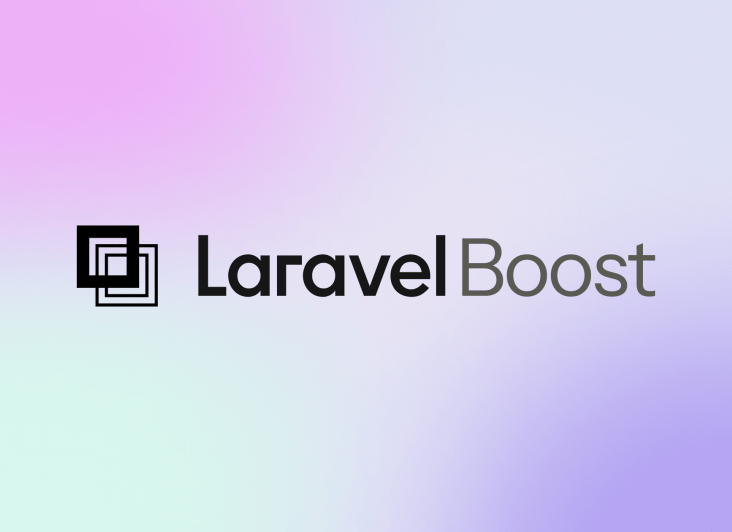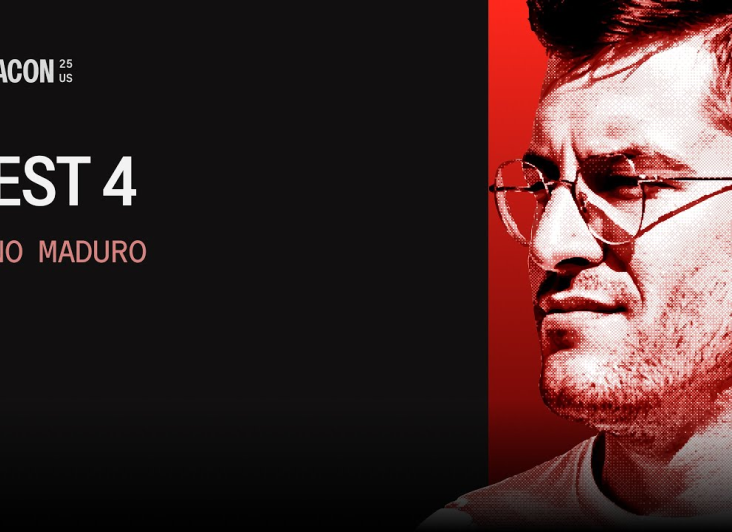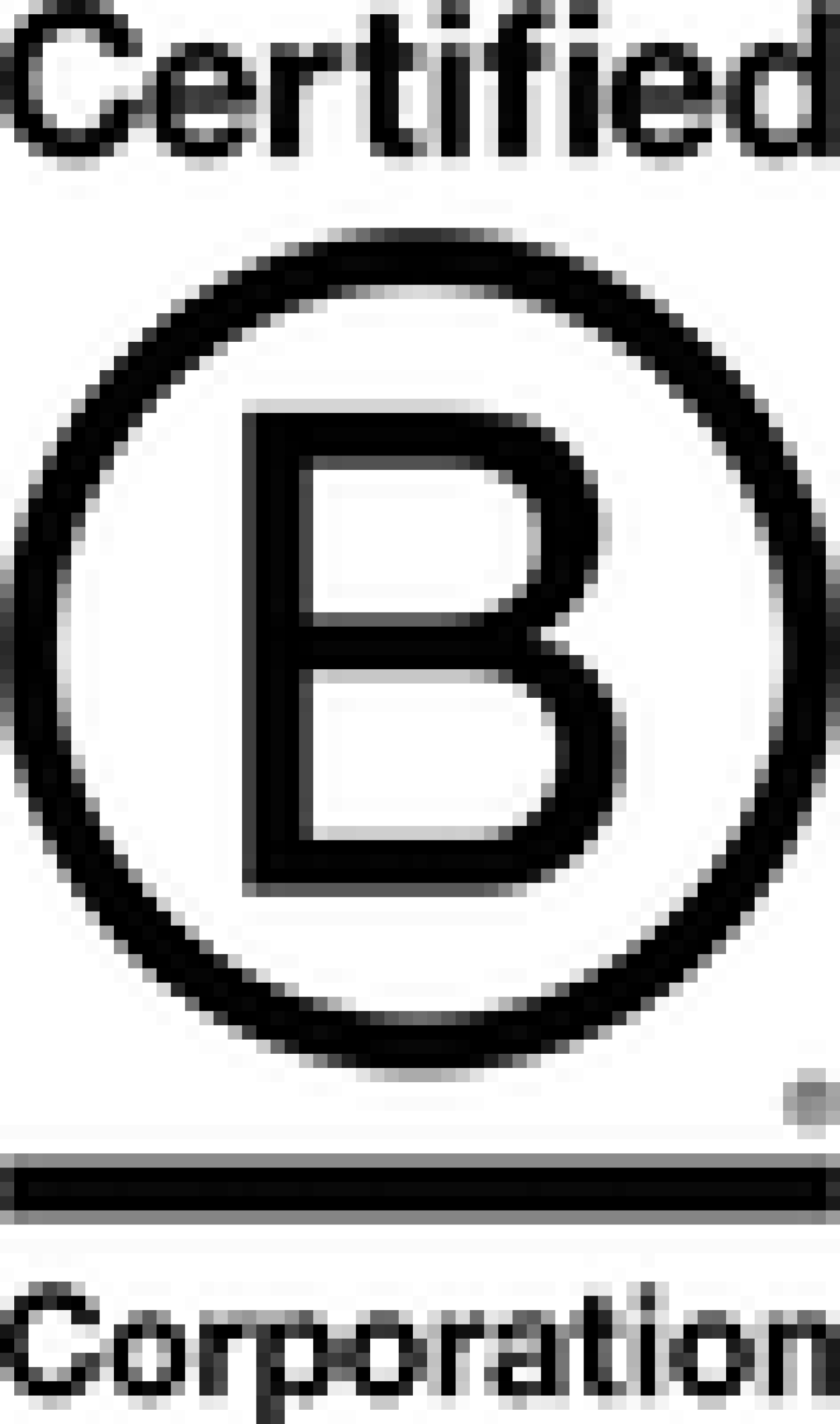We’re building our own project management app. Here’s why…

Let me take you back to 2015 when we started Steadfast. We only had a few clients and it was easy to manage our clients’ projects as all of our clients had only one project with us. It was an easy to manage communications via email we didn’t need any project management software.
Let’s fast forward to today where we have many more clients, who often have multiple projects with us running simultaneously.
We currently rely on both email and Trello for project management and to keep our clients up to date, but here’s the thing – both of these solutions are terrible at giving a high-level overview of progress.
Is the project awaiting testing? Is it blocked by a design needing sign-off?
What we need is project management aimed at being client first, not agency first.
Looking back to my first development job, as a junior developer, the client was always given a clear checklist and was told what was blocking progress. This idea always stuck with me.
Then recently over a Slack conversation, Dan from Moov2 mentioned that they built an app years ago, which allowed them to update their clients with comments on a “project blog”.
I started Googling, searching on Product Hunt and asking around to see if anyone had built something simple that combined the following ideas: visibility over clear milestones, issues blocking progress and a project log.
As it turns out, nearly all project management software built is agency-first and bloated. We don’t need invoicing, issue reporting or time tracking.
Once I spoke to the rest of the team here at Steadfast, it was clear this could be something to build for ourselves in-house and off we went.
Here’s why we chose to build it ourselves:
We wanted to learn from building it. For this internal project, we’re using Laravel. As it’s a project for ourselves, we have the flexibility to learn and try out new Laravel features we may have otherwise not been able to.
We get exactly what we want. We have a real focus, more so on what it shouldn’t do rather than what it should do.
So, what’s next?
The project is underway and we’re going to keep writing about how development is progressing. Next week we’ll be showing off initial designs and sharing the name of our minimal viable product.
Alongside this, we will share sneak peeks into what is working behind the scenes and some more detail as to our thinking behind business and development decisions.
See you next week!
More Articles

Laracon US 2025 recap: What “Laravel Boost” means for your website
Laravel Boost brings safer, Laravel-aware AI into your project. It gives assistants real context like routes, schema, logs and versioned docs so small features ship faster, code stays consistent and debugging gets clearer.

Laravel Agency Pricing Models Explained (Fixed, Retainer and Time & Materials)
Why the cheapest quote could cost you more

Laracon US 2025 recap: Pest 4 and why it matters for your website
Pest 4 brings faster, more reliable testing to our Laravel projects with Playwright browser checks, visual regression tools and smarter diagnostics, helping us catch issues early, ship confidently and keep your product stable and high-quality.

